Queen Elizabeth I: The Virgin Queen
With her huge, dramatic collars, ghostly pallor and flaming curls of red hair, Queen Elizabeth I’s image is etched in royal history. Trained from a young age to see power and strength in public image, she cultivated a persona that was both pure and powerful. Unwed and without children, she portrayed herself as the chase, yet iridescent Virgin Queen, adorned with stunning, exquisitely applied embroidery, panelling and jewels. Contemporary costume designer Alexandra Byrne, who designed Elizabeth’s clothing for the 2018 biopic Mary Queen of Scots, observes how “Elizabeth understood the power of her image… she used it to replace the iconography of the Virgin Mary.”
Made Queen at the age of 25, Elizabeth was daughter of Anne Boleyn and Henry VIII. Ruler for over 40 years, her reign is often described as England’s Golden Age, a time of peaceful prosperity that led creative culture to flourish. A keen supporter of the arts, Elizabeth’s reign ushered in some of the world’s finest writers, poets, musicians and painters. But of all the creative pursuits she encouraged, fashion would become her greatest legacy; by the time of her death she is said to have had over 2,000 dresses in her wardrobe.
During her early years as Queen, Elizabeth dressed with restrained, graceful silhouettes that enhanced her natural beauty. But as her stature and authority grew, so, too, did the flamboyancy of her clothing. Embracing tiny, corseted waists pulled in by wooden or metal boning, her skirts were full and long, made wider with structures farthingales underneath. Her multi-layered, slashed sleeves puffed out, lending her an air of authority and gravitas that came to typify the Elizabethan era – these sleeves were often detachable, allowing for a greater range of outfits to be created. Neck and wrist ruffs also became fashionable under her leadership – when starch was discovered, the stiffened, theatrical drama of her ruffs became even more elaborate, encircling her neck-line like an angelic halo. Unmarried women typically wore low necklines, a look Elizabeth often took advantage of, exposing her chest and emphasising the purity of her skin with white make-up. In full garb, it was said to take her over 2 hours to get dressed.
In order to portray her image as the Virgin Queen, Elizabeth wore white, which had connotations of purity, virginity and innocence. In contrast, she also wore black, enjoying its associations with wisdom and gravity. She embraced a range of sumptuous textures including satin, silk and velvet, which were adorned with the finest golden and silver threads, hand-woven into flourishing floral patterns that swarmed over her with glistening regal beauty. Sprinkled over these details there were stitched in networks of pearls, sapphires, diamonds and rubies – pearls, again symbolised purity and virginity, helping her convey her message of chastity.
Elizabeth was so in love with these painstakingly crafted outfits that she often had older styles updated and reworked, injecting into them a new lease of life. Through the mesmerising aura of this clothing, there was no doubt, during her many royal tours across the country, that Elizabeth was the most powerful woman in England. She even had her lavish gowns put on display in exhibitions at the Tower of London, to dazzle and amaze her adoring public. In the outdoors, she wore a more understated look, adopting distinctive, rich velvet cloaks, gloves made of cloth and leather and a wide array of hats, along with specially made riding boots, never failing to make an impact.
Much like her father, King Henry VIII, Elizabeth used clothing as a marker of social rank, forbidding certain fabrics, including cloth of gold and several types of fur, from being worn by the lower classes. Although she expected a high standard of dress from her courtiers, spending vast sums of money on their clothing, or even gifting them her own outfits, she made sure no one was better dressed than her, reprimanding anyone for coming close. Even so, her influence on fashions across England was widespread, as millions of followers quickly tried to keep up with her changing styles, emulating the colours, patterns and shapes of her clothing. So much so, her glowing red hair and ivory white skin now epitomises the ideal beauty of the Renaissance period. Elizabeth’s influence was so widespread that she even helped redefine men’s fashion, ushering in an era where dandyish chaps abandoned Henry VIII’s massive, padded silhouettes for waspish, corseted waists, stuffed, peascod doublets and stiffened, starched ruffs, cuffs and collars. She, too, borrowed from the boys, sometimes wearing the masculine doublet as a tool for power dressing.
After contracting smallpox, Elizabeth began wearing more make-up to cover her scars, including a mixture of vinegar and white lead, unaware that it was slowly poisoning her, along with painted on scarlet red lips, something historian Sir Roy Strong defined in the 1970s as “The Mask of Youth.” She adopted even more elaborate costumes, jewellery and wigs into her old age, as her look became even more exaggerated, flamboyant and extreme. From afar, these measures allowed her to hold on to an image of strident youth and purity, which had made her so respected and successful in her lifetime.





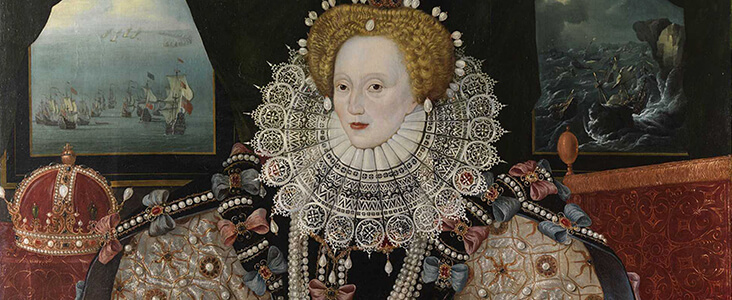

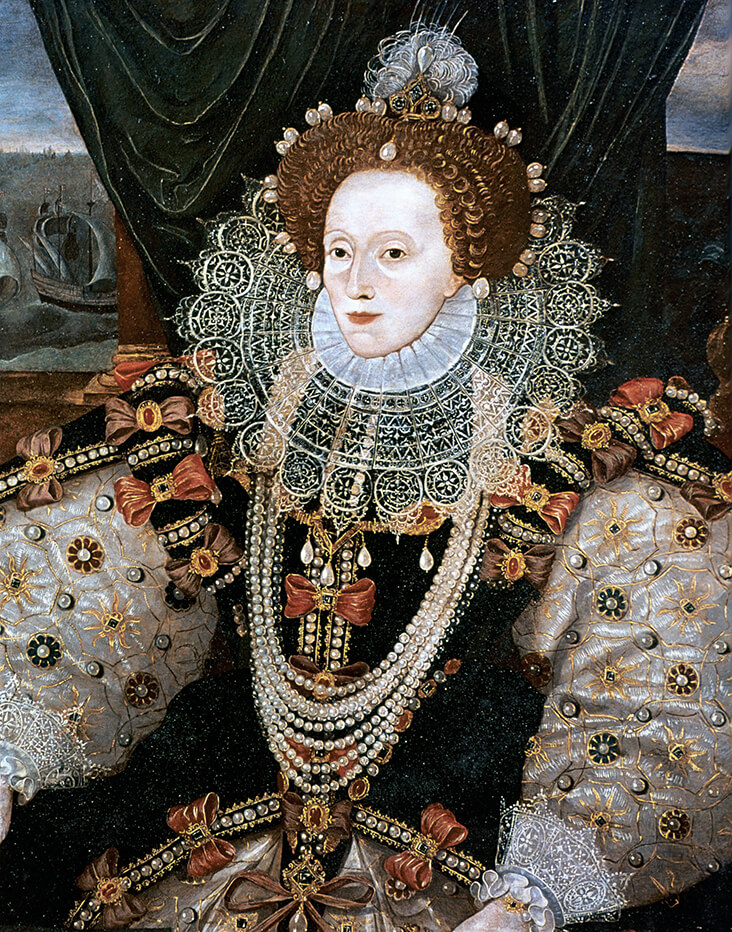
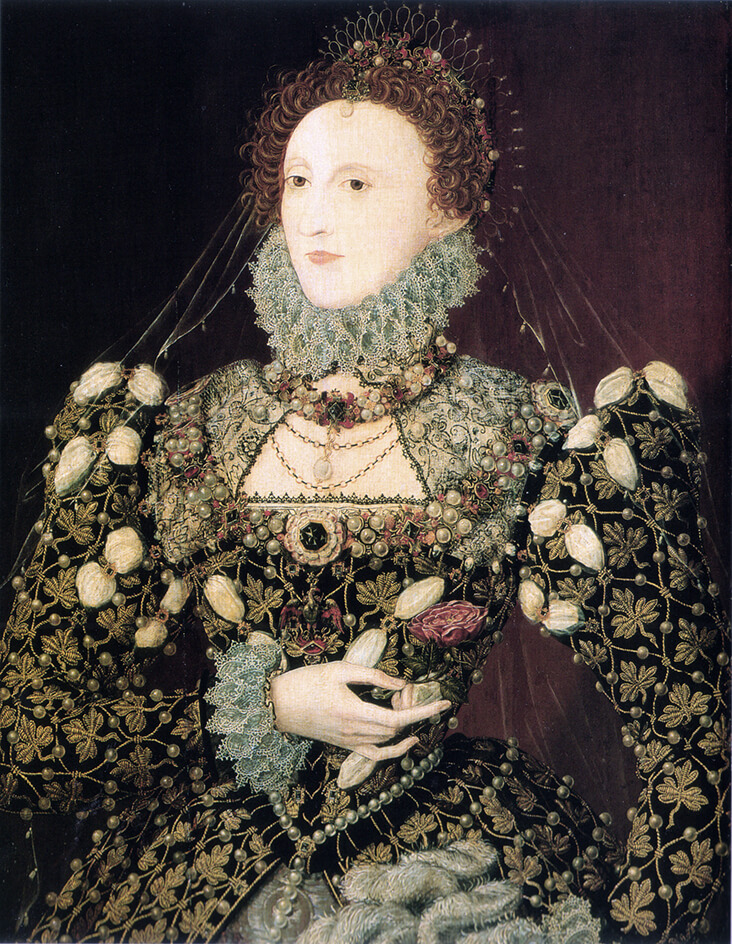










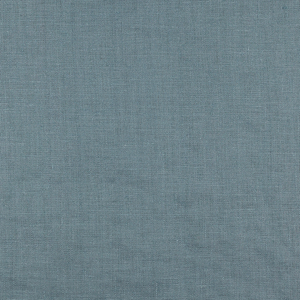








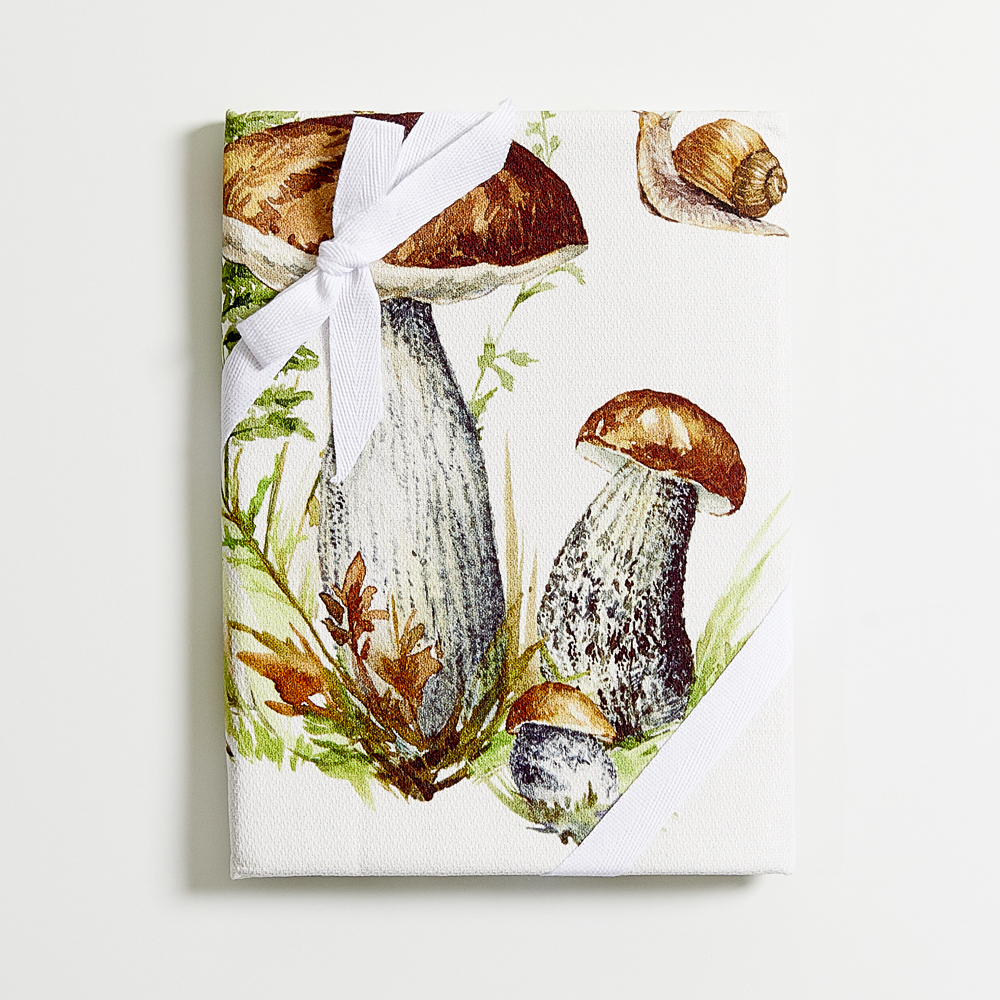





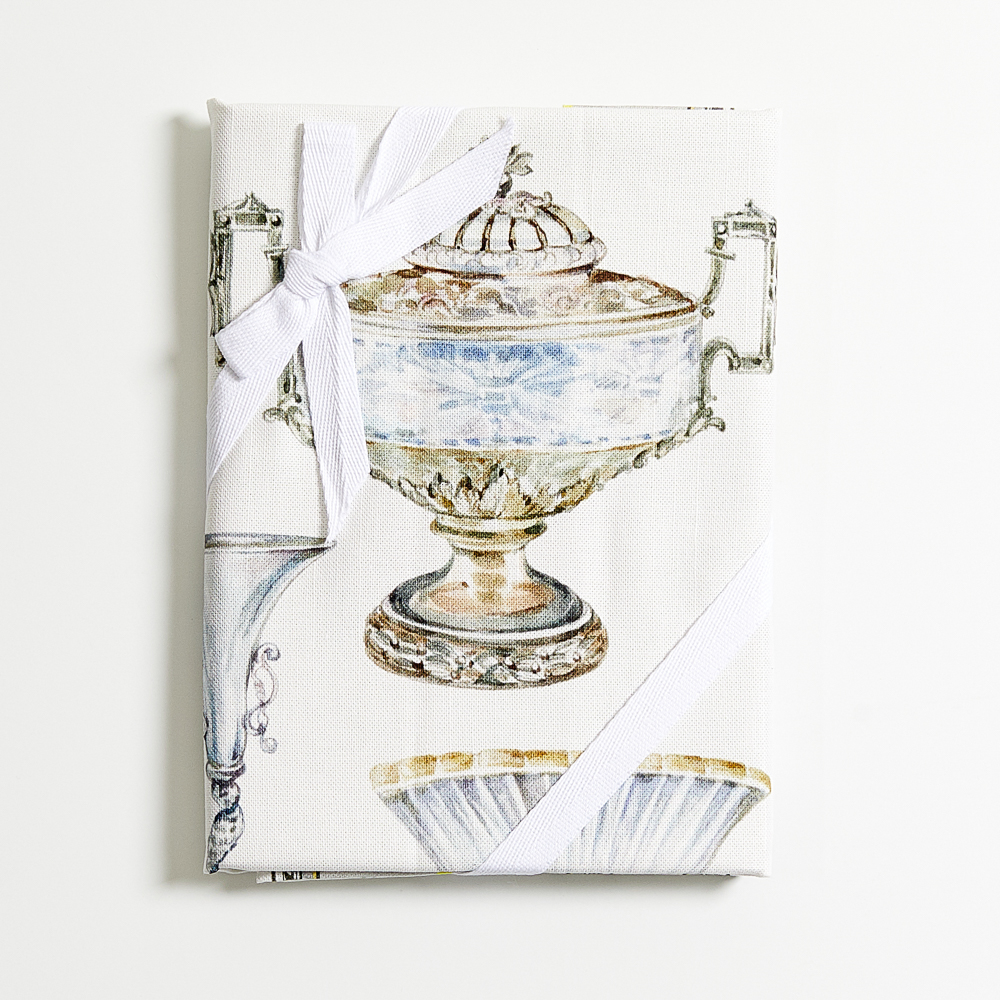






3 Comments
Maureen Christensen
Excellent article, I wonder if her undergarments were made with linen?!
Nay Albertson
I LOVE these historic articles!!! The portraits are amazing, and with the Tudors, you’ve hit upon one of the periods of English history that I am fascinated with. Thank you very much, keep them coming.
Rosie Lesso
Thank you so much for the feedback!